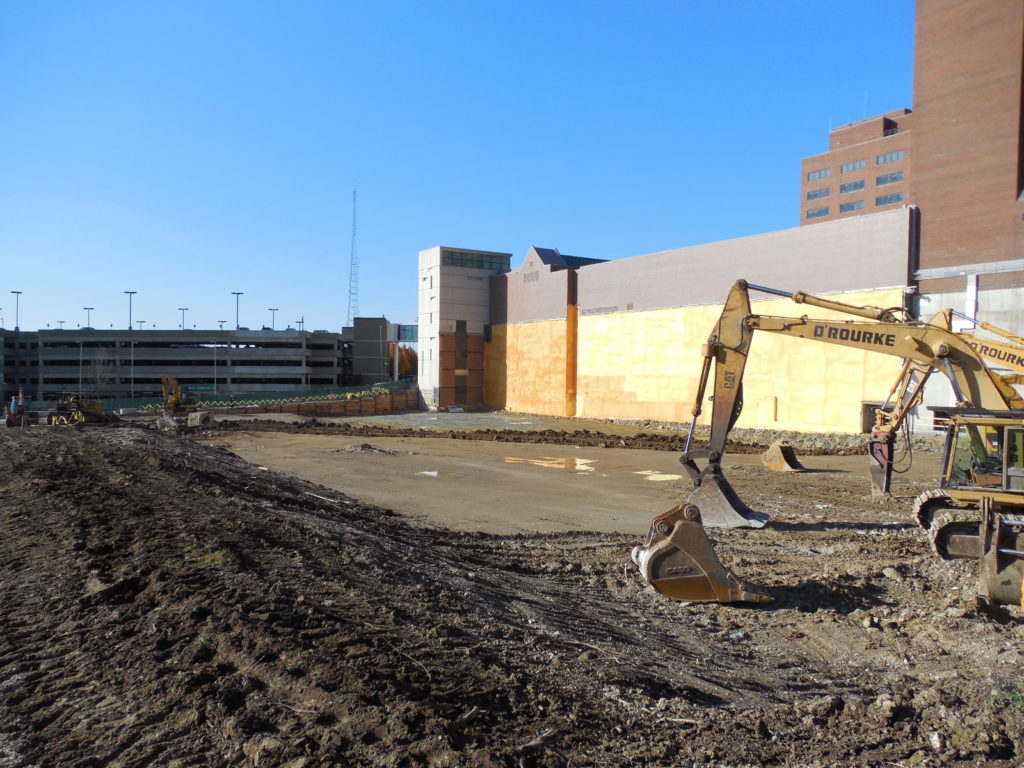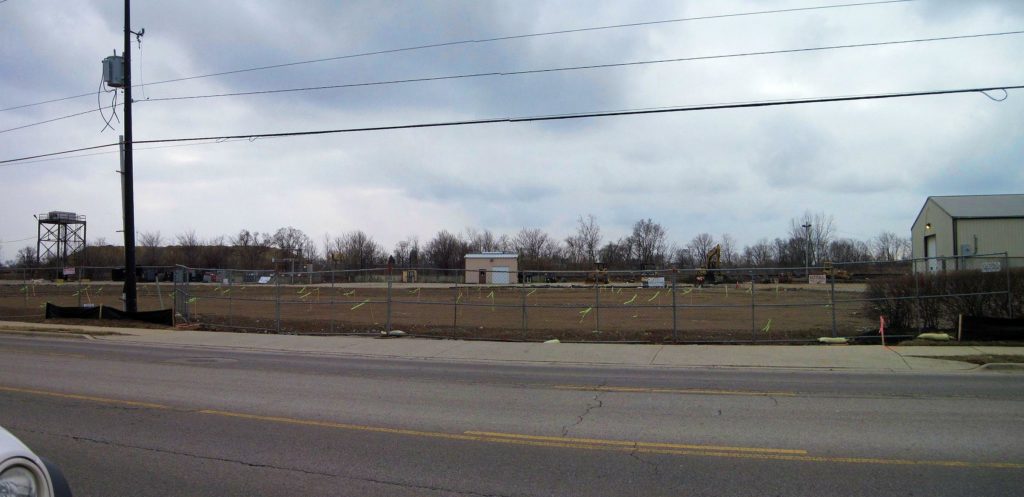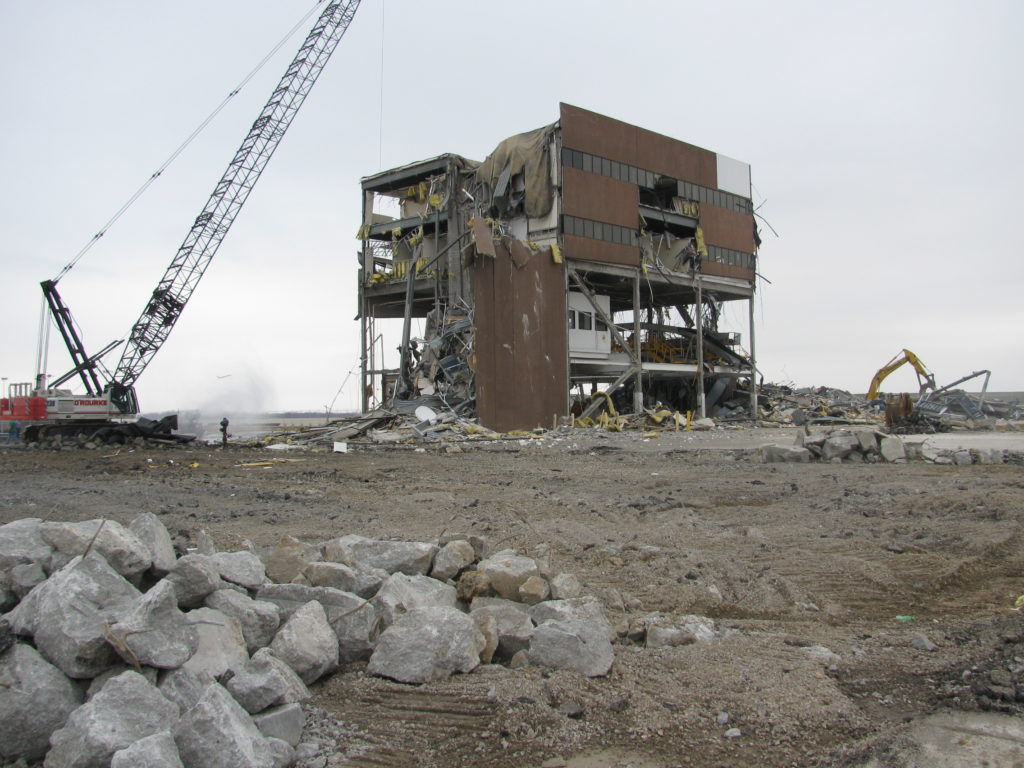Environmental remediation refers to the act of removing contaminants from soil, groundwater, surface water, sediments, and other natural materials. Remediation is necessary if a contaminated area creates a risk of environmental damage or if contaminants are possibly impacting individuals’ health.
O’ROURKE is a full-service environmental remediation company that provides comprehensive services to businesses and homeowners needing hazardous material removal, asbestos abatement, and lead remediation.
We understand the importance of safety and compliance in environmental remediation, which is why we are dedicated to providing our clients with the highest level of service possible. Our experienced professionals have the knowledge and expertise necessary to handle any environmental remediation project, big or small!
Our Environmental Remediation, Ecological Restoration & Cleanup Services
Environmental Remediation is necessary to protect human health and the environment from contamination. O’Rourke provides a range of environmental remediation services to lessen the effect on businesses and the environment while restoring disturbed land to its natural condition.
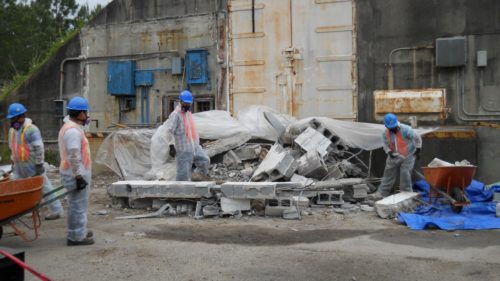 Remediation of Soil & Groundwater
Remediation of Soil & Groundwater- Hazardous Materials Abatement
- Disposal of Contaminated Soil
- Universal Waste Removal & Management
- PCB Removal
- Underground Storage Tank Removal
- Waste Management & Recycling
- Oil & Gas Services
- Train Derailments
- Lead Abatement
- Facility Decontamination
- Hazardous & Non-Hazardous Cleanup
Need a Remediation Expert You Can Trust?
Our team of experienced environmental professionals will work with you to ensure that your project is safe, compliant, and completed on time and within a budget.
Contact Us Today To Learn How We Can HelpLearn More About Our Environmental Solutions
– Soil & Groundwater Remediation
O’ROURKE offers comprehensive soil assessment and screening services that will help you understand the extent of the contamination and identify any potential risks.
When it comes to soil and groundwater, remediation usually involves treating polluted materials, removing waste, and reducing the concentrations of harmful substances and contaminants. With safety and risk minimization as top priorities, our team tackles sediment removal, surface water remediation, stream restoration, wetlands construction, buried drum recovery, and more.
– Contaminated Soil Removal & Disposal
This approach is typically utilized when the level of contamination is too high to be effective or when the harmful substances present cannot be treated effectively on-site. While the removal process can be quite straightforward, it must be carried out with great care to prevent further environmental damage and allow for future land redevelopment.
Our experienced team has the expertise and equipment to remove and transport contaminated soil safely. The contaminated soil is disposed of at a licensed hazardous waste facility within our network of approved disposal facilities throughout the country. The disposal and decontamination methods depend on the type of contamination. It could involve landfilling, incineration, or further chemical treatment to remove or neutralize the contaminants.
– Universal Waste Removal
Safe and responsible universal waste removal is essential to protect public health and the environment. Universal waste is a category of hazardous waste containing very common materials. It’s called “universal” because it is generated by many types of establishments, including households. Examples of universal waste include batteries, pesticides, mercury-containing equipment, and certain types of light bulbs like fluorescent tubes.
O’ROURKE’s universal waste removal services are intended to promote recycling as well as proper disposal to allow businesses to easily comply with all federal, state, and local regulatory requirements.
– PCB Removal
Polychlorinated biphenyls (PCBs) are man-made organic chemicals that were widely used in a variety of products until 1979, when it was discovered to be highly toxic and was banned due to potentially harmful health effects.
PCB removal is a highly regulated process because of the risks to human health and the environment. As hazardous waste experts, we can recycle or dispose of regulated waste. We service or replace PCB-contaminated transformers, including active and decommissioned industrial PCB-contaminated transformers.
– Underground Storage Tank Removal (UST)
Underground storage tanks (USTs) are commonly used to store hazardous substances, including petroleum products and certain types of chemicals. Over time, these tanks can corrode, leading to leaks that can contaminate soil and groundwater. Therefore, the removal of USTs is often necessary to prevent or mitigate environmental damage.
We offer underground storage tank removal services that are designed to protect the environment and the community’s health. We will remove the tanks and all of the surrounding contaminated soil and groundwater. We will also provide clean-fill material to backfill the excavated area.
Specialized Industrial & Storage Tank Services
Whether it’s wet vacs, dry vacs, facility demolition, or mobile storage – our team of experts provides a number of industrial and storage tank services.
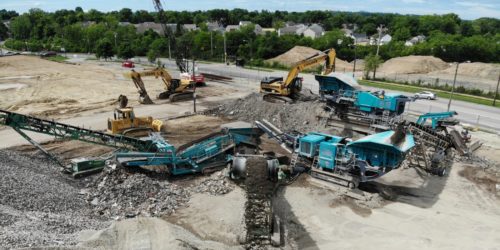
– Waste Profile and Manifest
As a leading provider of environmental remediation services, O’ROURKE is committed to providing our clients with the best possible service. This commitment includes creating a detailed waste profile and manifests for each project.
This ensures that all waste is correctly disposed of and there is no contamination risk. Remember, waste profiles and manifests are legal documents required for regulatory compliance. Completing these documents is crucial for ensuring safe and legal handling of waste.
Our experienced team will work with you to create a custom plan that meets your specific needs and ensures that your property is remediated safely and effectively.
– Oil & Gas Services
Our team is equipped to handle midstream waste for oil and gas producers, offering fluid services, field services, site decommissioning, and emergency spill response. Our 24/7 response capability and team of national experts allow for quick response times, which can significantly minimize the environmental impacts of any accidents.
– Train Derailments
Train derailments can have significant impacts, particularly when the trains are carrying chemicals and environmentally dangerous materials. Immediate responses to a train derailment include efforts to protect human life, prevent further damage, and minimize environmental impact. We offer emergency response services for train derailments to keep your railcar and products moving safely and efficiently.
– Facility Decontamination
Using the most effective surface removal methodologies, we decontaminate buildings, facilities, and tanks of hazardous and non-hazardous materials. Facility decontamination regularly involves the cleaning, disinfection, or sterilization of a facility to remove harmful substances. These substances could be anything from chemicals and radioactive materials to biological contaminants.
Trained professionals should always perform facility decontamination because improper decontamination can result in non-compliance with regulations, spread contamination, and endanger workers.
Why You Need A Full-Service Remediation Expert
Environmental remediation can be a complex and daunting process. Navigating the complicated standards, regulations, and compliance mandates can be extremely challenging for someone not involved in the industry. Partnering with our engineering and remediation team will save valuable time and avoid potential regulatory complications or expensive legal issues.
At O’ROURKE, we have an in-depth understanding of Environmental Protection Agency (EPA) regulations and the legislative standards that may be specific to your region. We are experienced with all types of environmental remediation and can assist you with all of your needs.
About O'ROURKE'S Remediation Process
Our remediation process typically includes a site assessment, which involves assessing the condition of the soil, water, sediments, and other natural materials to determine the extent of contamination. Following the assessment, our team will create a plan for environmental cleanup that factors in EPA standards, community regulations, public health, and worker safety.
Then, we use the most up-to-date processes to safely and efficiently remediate contaminated land. The type of remediation used depends on several factors, including the type and extent of pollution, the specific characteristics of the site, and the applicable regulations. A typical project will use a combination of these methods to address the contamination most effectively. Below are some of the most common remedial strategies.
- Excavation — involves excavating the affected areas and disposing of the affected soil.
- Dredging — This approach is used when a nearby river may have been impacted. The river bottom is dredged to collect affected silt and other materials, including contamination.
- Pump and Treat — Used for groundwater contamination, the pump and treat method involves pumping the contaminated groundwater out to filter and treat.
- Soil and Vapor Extraction — Vacuum pressure is used to help remove contaminants from the soil.
- Chemical Oxidation — Oxidized compounds help to treat contaminated soil and groundwater chemically.

